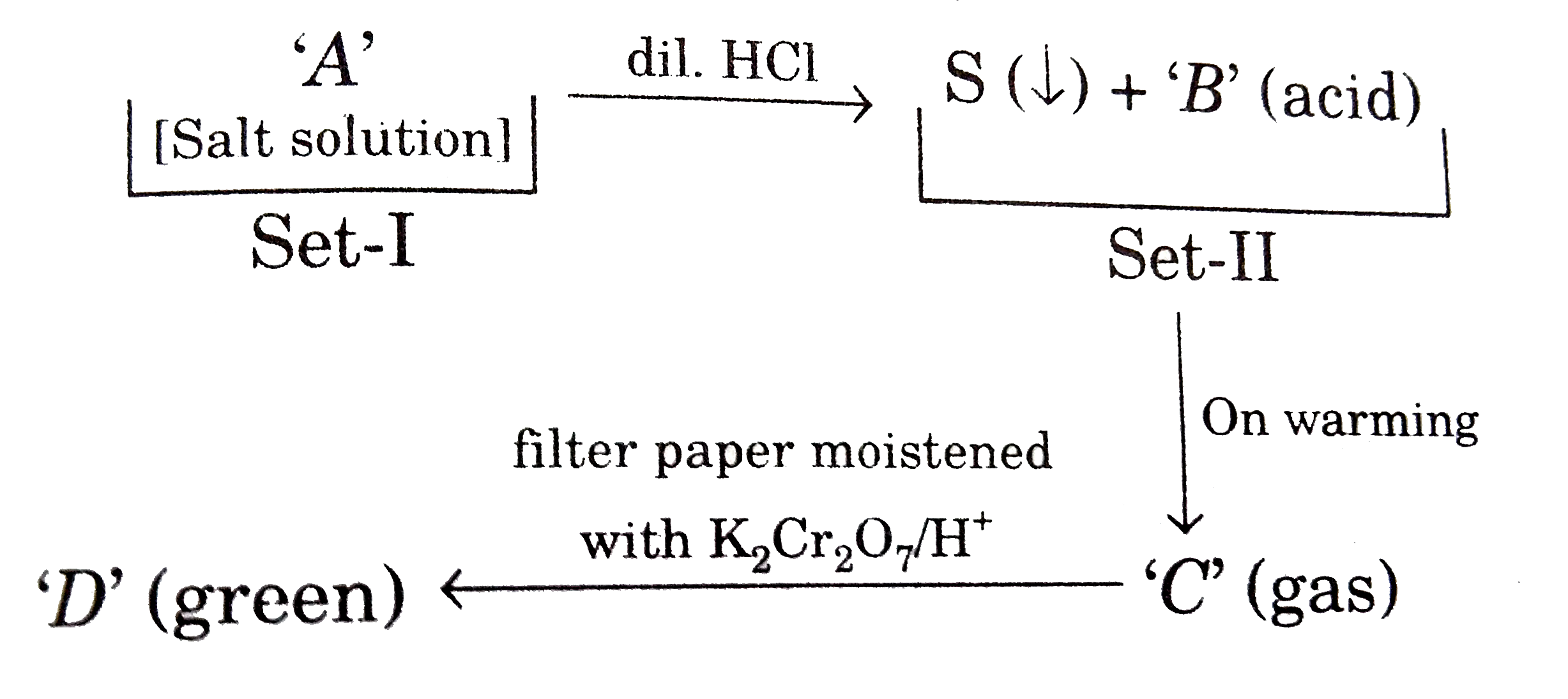See the following experiment and observe the result

Now identify plant (P-I,and II III)
P - I = Long day plant, P - II = Long day plant, P - III Day neutral plant
P - I = Short day plant, P – II = Short day plant, P - III = Day neutral plant
P - I = Short day plant, P - II = Long day plant, P - III Day neutral plant
P - I = Long day plant, P - II = Short day plant, P - III = Day neutral plant
The correct Answer is:D
Long day plants: These plants flower when they receive long photoperiods or light hours which are above than a critical period.
Short day plants: These plants flower when they are exposed to a photoperiod shorter than a critical period.
Day-neutral: These plants do not show any correlation between exposure to light duration and induction of flowering response.
Similar Questions
Knowledge Check
Go through the following experiments and observe the results.

Now identify plants (P-1, II and III) -AP-I = Long day plant, P-II = Short day plant, P-III = Day neutral plantBP-I = Short day plant, P-II = Long day plant, P-Ill = Day neutral plantCP-I = Short day plant, P-II = Short day plant, P-III = Day neutral plantDP-I = Long day plant, P-II = Long day plant, P-III = Day neutral plantSee the following animals and identify them
 ACalotes, psittaculaBTestudo, PavoCPavo, PsittiaculaDPsittacula, Pavo
ACalotes, psittaculaBTestudo, PavoCPavo, PsittiaculaDPsittacula, PavoSee the following figure and identify it
 A A B C DMetacentric chr.Submetacentr ic chr.Acrocentri c chr.Telocentric chr.B A B C DSubmetacentric chr.Metacentric chr.Telocentric chr.Acrocentric chr.C A B C DAcrocentric chr.Telocentric chr.Metacentri c chr.Submetacentric chr.D A B C DTelocentric chr.Acrocentric chr.Submetacentric chr.Metacentric chr.
A A B C DMetacentric chr.Submetacentr ic chr.Acrocentri c chr.Telocentric chr.B A B C DSubmetacentric chr.Metacentric chr.Telocentric chr.Acrocentric chr.C A B C DAcrocentric chr.Telocentric chr.Metacentri c chr.Submetacentric chr.D A B C DTelocentric chr.Acrocentric chr.Submetacentric chr.Metacentric chr.
See the following figure and identify A to E

View SolutionSee the following figure and identify A to F

View SolutionStudy the following diagram and answer the questions that follow:

(i) Identify and name the steel plant shown in this diagram.
(ii) Name the mining fields which supply coal and limestone to this plant.
(iii) Mention the source of water for this plant.
View SolutionObserve the following experiment.

The correct statement about set up (I) and (II) are:
View SolutionObserve the following experiment:

The incorrect statement about set-II is/are:
View Solution


